The Gulag prison system was the Soviet Union’s way of dealing with political dissidents and those they felt were harmful to the Communist regime. While started by Vladimir Lenin, it was Joseph Stalin who orchestrated its expansion, leading to the imprisonment and death of millions of individuals.
Creation of Soviet Gulags
During the Russian Revolution of 1917, Vladimir Lenin, founder of the Russian Communist Party, rose to power. After becoming leader of the Soviet Union, he and others within the regime began to hear whisperings of anti-Communist ideologies. To protect the still-fragile dictatorship, it was decided the best course of action would be to remove them from the public sphere.
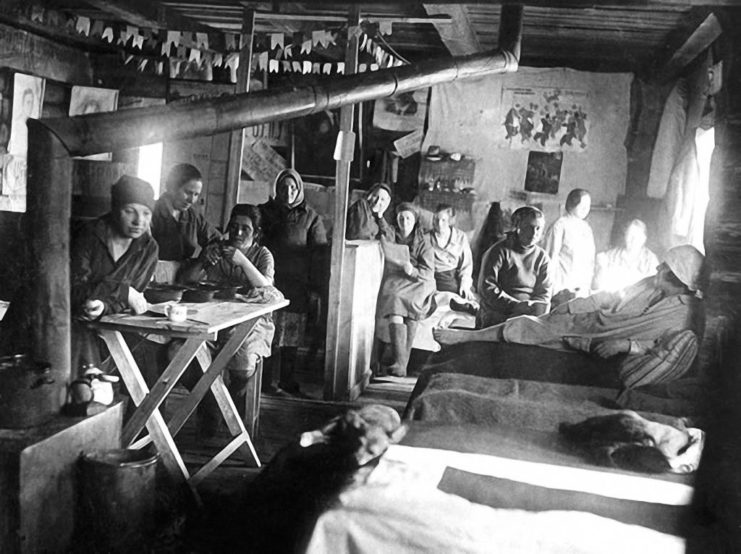
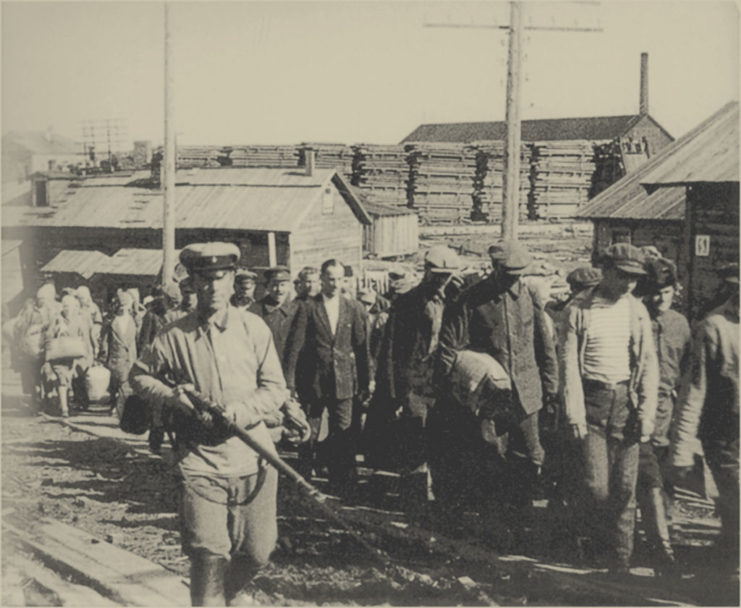
This was accomplished through the use of Gulags, political prisons located in northeastern Siberia and southeastern parts of the Soviet Union. The first was opened in 1919, and was advertised as a “re-education” program that would turn political dissidents into faithful followers of the new regime through hard labor.
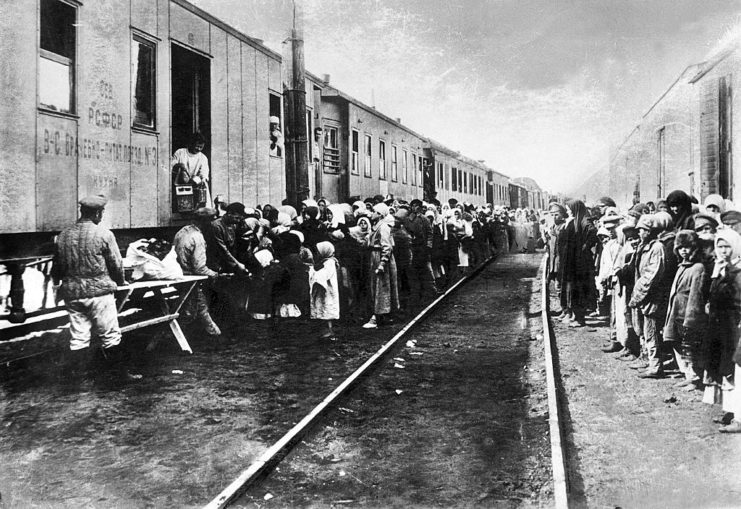
While there were some who questioned the efficacy and morality of such tactics, opposition did little more than slow the establishment of more Gulags. By 1921, there were 84 camps comprising the new prison system.
Rapid expansion of the Gulag prison system
Lenin died suddenly of a stroke in 1924. He was succeeded by Joseph Stalin, who ramped up the construction of Soviet Gulags. His reasons for this were two-fold, the first of which was to increase Russia’s industrialization. The use of free prison labor not only allowed for the Soviets to harvest natural resources, but also allowed for larger construction projects to be commissioned.
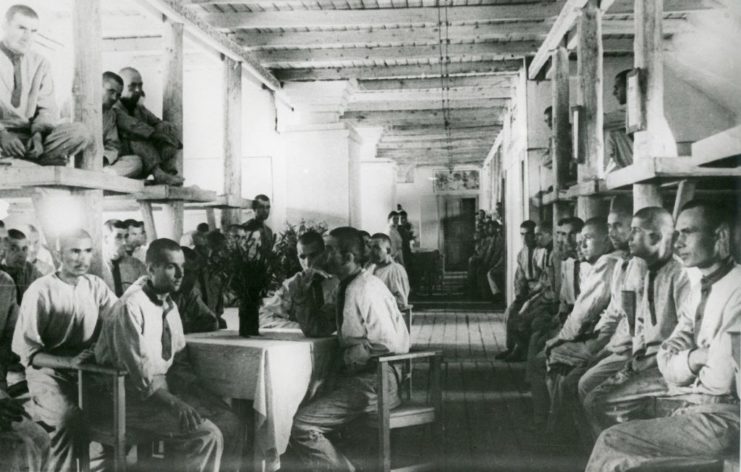
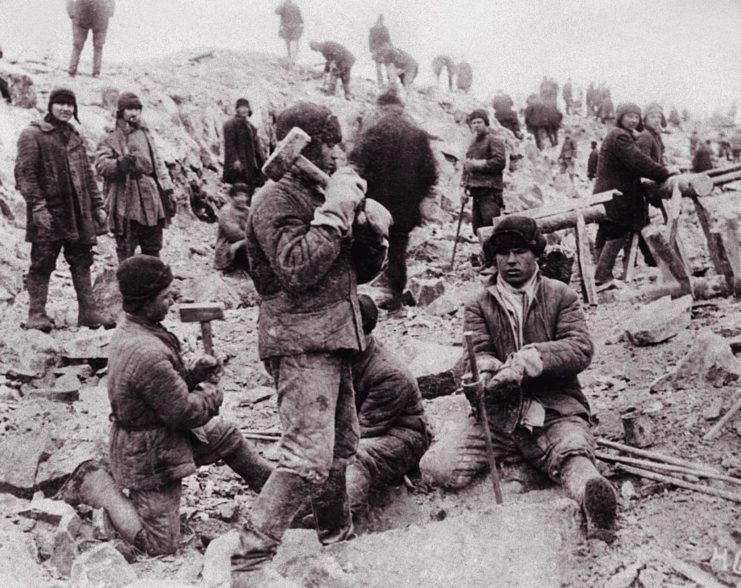
These projects included the construction of the White Sea-Baltic Canal, the Moscow-Volga Canal and the Kolyma Highway. The latter has been dubbed the “Road of Bones,” as many prisoners died during its construction. Their bones were used in the road’s foundation.
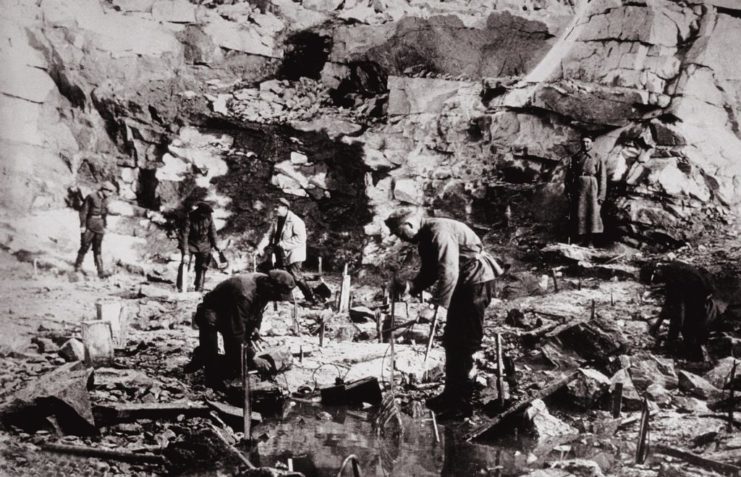
The second reason for the expansion of the prison system was to punish those Stalin saw as political dissidents. He used it as a form of political repression, with the majority of prisoners sent to camps during the Great Purge, also known as the Great Terror. These ranged from academics to “suspicious” party members.
Prisoners from all walks of life
A wide variety of individuals were sent to Soviet Gulags. The first group largely included prosperous peasants, known as “kulaks,” and common prisoners. Many of the kulaks were arrested over their opposition of collectivization, as they didn’t want to give up their family farms.
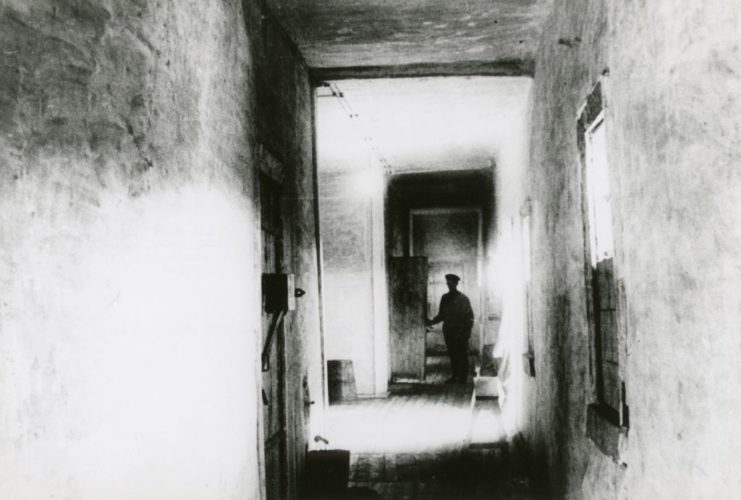
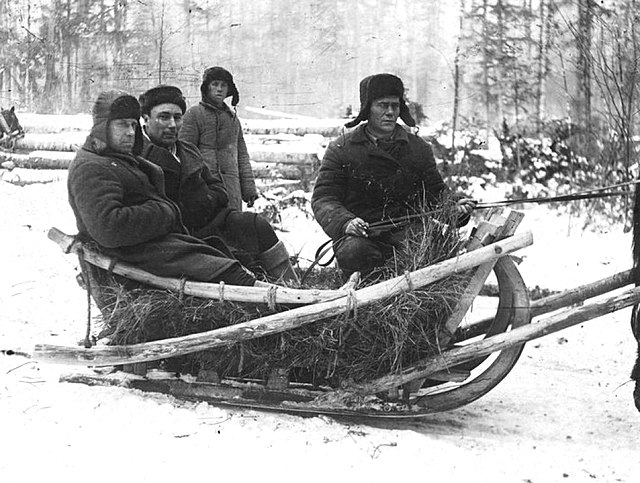
These prisoners were joined by political dissidents, including opposing members of the Communist Party, government officials and military officers. Inmates also included doctors, intellects, writers, artists, students and scientists – anyone viewed as overly educated. While the majority were male, women weren’t immune from being arrested for the actions of their husbands or fathers.
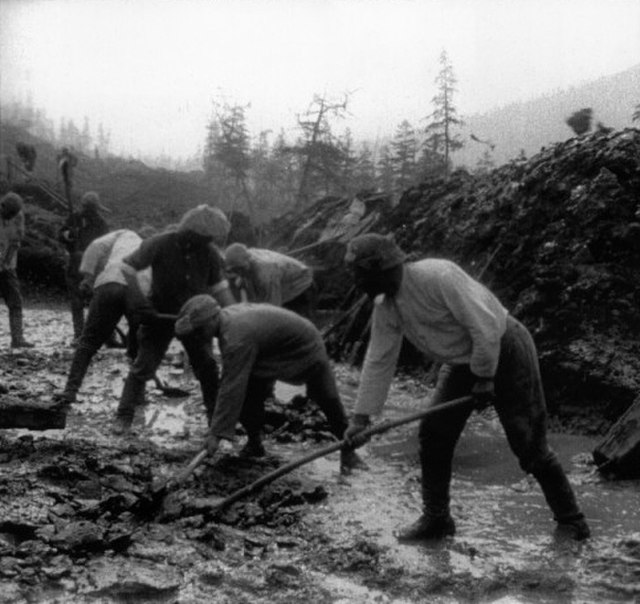
As the Soviet Union began to conquer countries in Eastern Bloc of Europe, citizens of those nations were also sent to Gulags. For Stalin, this was a way of keeping them away while the Soviets systemically erased their culture and way of life.
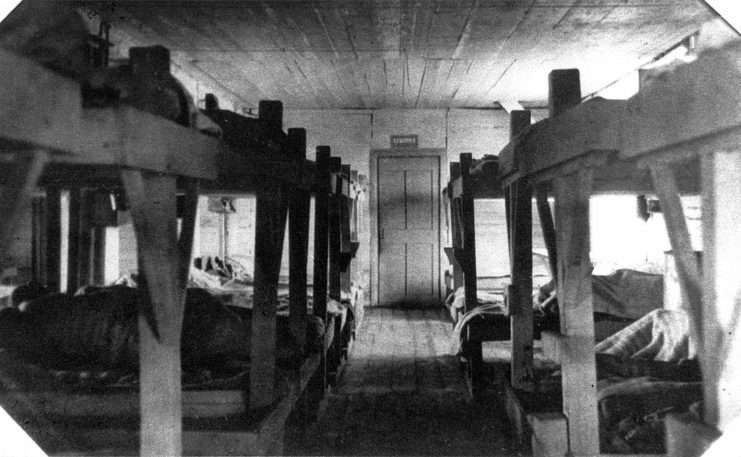
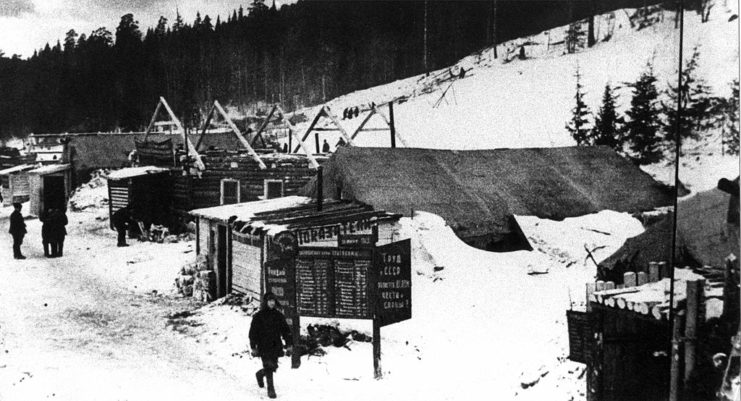
Even those who served with the Red Army weren’t immune from imprisonment. Following the conclusion of World War II, over 1.5 million Russian prisoners of war captured by the Germans were sent to Gulags, deemed “traitors” by Stalin.
Prisoners faced inhumane living conditions
The conditions prisoners faced depended on a variety of factors, including the impact of broader events on the Soviet Union, the location of the camps and the types of crime inmates committed. However, what could be certain was that everyone faced meager food rations, poorly insulated housing, inadequate health care and clothing, and poor hygiene.
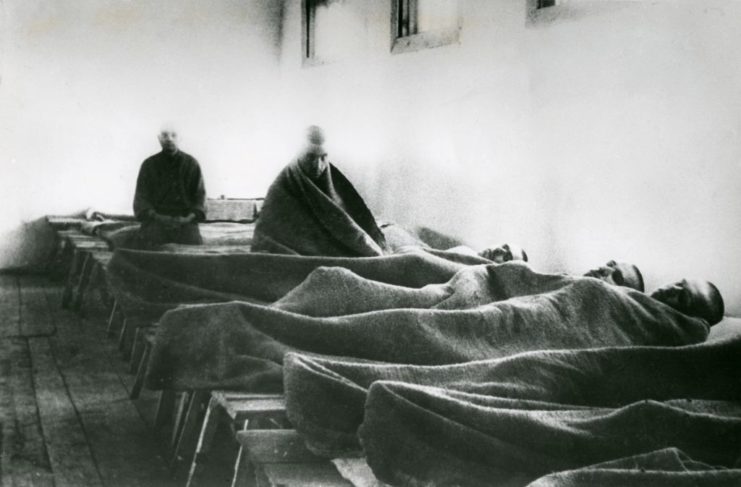
Prisoners were required to work 14-hour days with simple, crude tools and no safety equipment. These included pickaxes and handsaws, with some inmates forced to mine for minerals with just their hands. Often, prisoners would intentionally injure themselves to avoid the gruelling work.
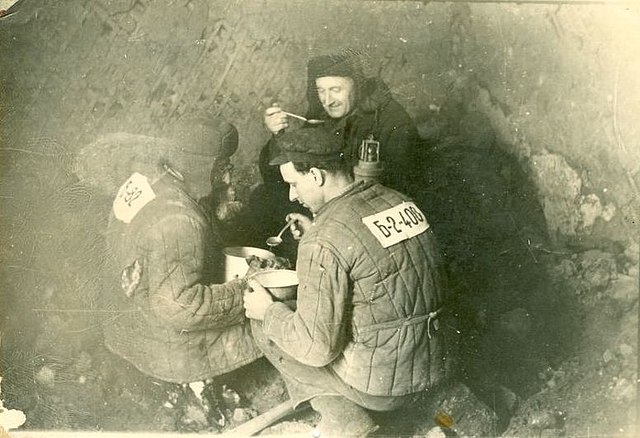
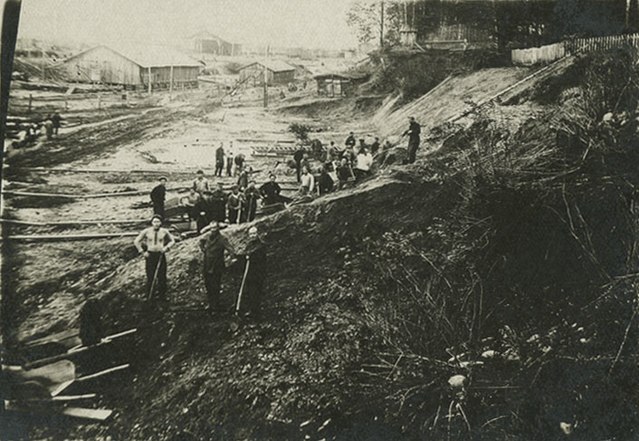
The majority of those sent to Gulags perished of starvation, exhaustion or disease – some were executed by guards. The brutal weather and the lack of insulation in the barracks and the thin clothes they wore left many exposed to the elements. As well, many had to contend with the threat of violence from their fellow inmates and those running the camps.
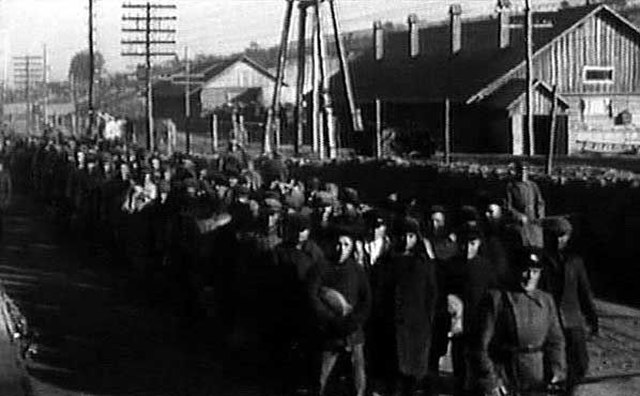
Starvation was the primary cause of death, as food rations were exceptionally low. Prisoners were given less food if they didn’t complete their work quotas, and women allowed to keep their children were forced to share their small rations with their offspring. Stories soon emerged of prisoners catching live rats in desperation to feed themselves.
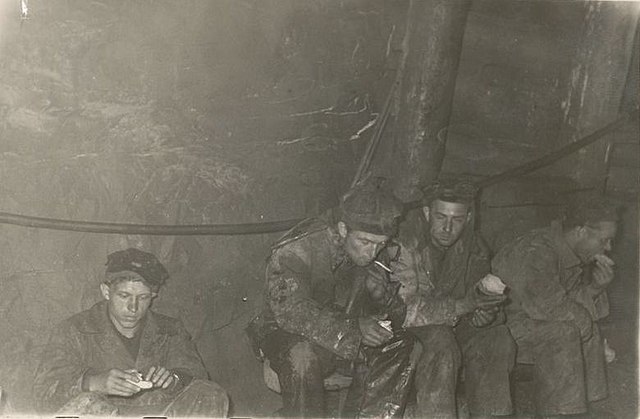
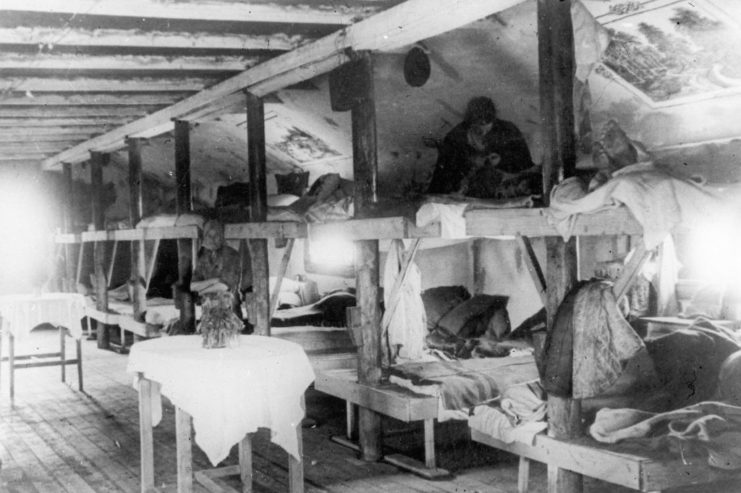
While everyone was treated poorly in Soviet Gulags, women were forced to endure horrific sexual assaults at the hands of male inmates and camp guards. Oftentimes, those afraid for their lives adopted “prison husbands,” men who protected them and gave them rations in exchange for sexual favors. Woman also had to deal with the loss of children born in the Gulags, as those who survived birth were sent to distant orphanages.
End of the Gulag prison system
Upon Stalin’s death in 1953, the Gulag prison system began to weaken. His successor, Nikita Khrushchev, was a vocal critic of the camps and the majority of Stalin’s policies, and thus had millions of prisoners released in the days following his death. However, Khrushchev kept many open, repurposing them to house democratic activists, criminals and anti-Soviet nationalists during the 1970s and ’80s.
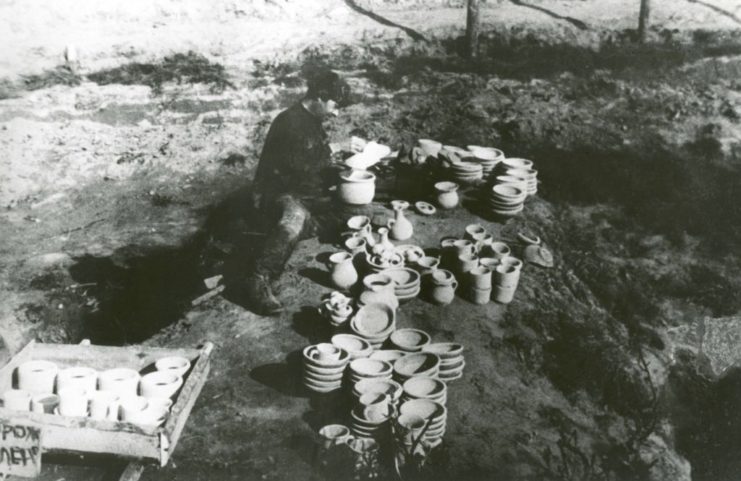
When Mikhail Gorbachev came to power in 1987, he officially began to shutter all Gulags. According to estimates, it’s likely 18 million individuals were imprisoned in the camps before the collapse of the Soviet Union in 1991. At their height, the majority of Gulags housed between 2,000 and 10,000 prisoners.
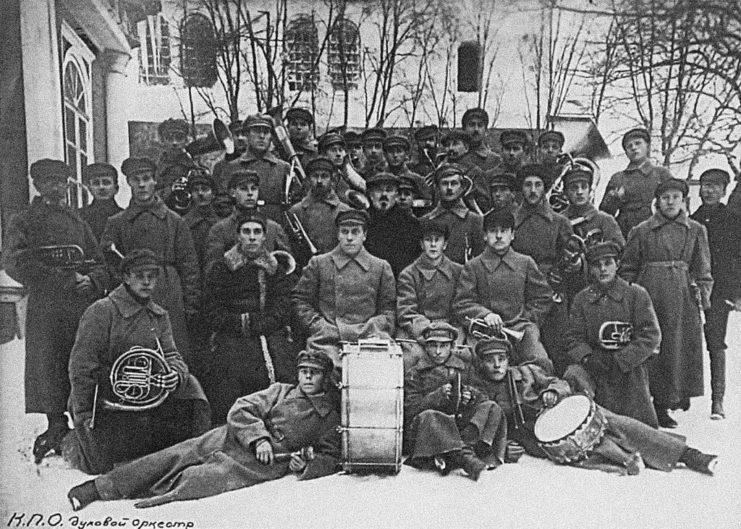
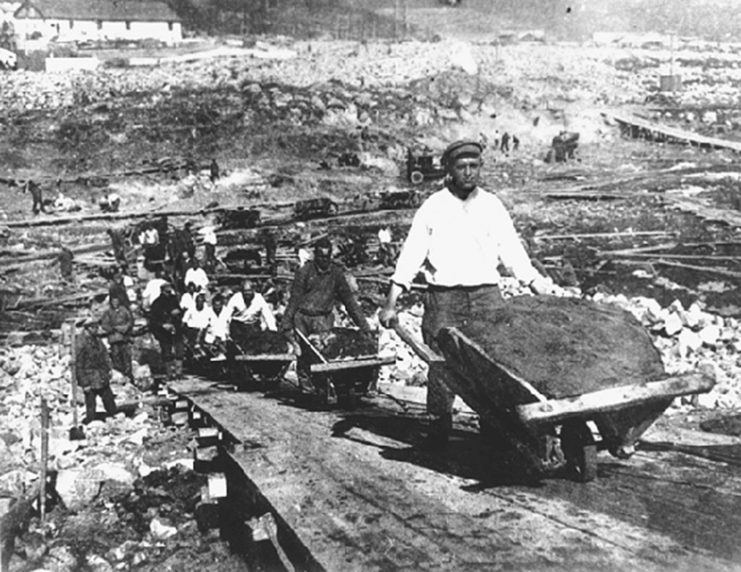
Unfortunately for those housed in these prison camps, wider knowledge of the horrors they faced weren’t publicly known until years after their closure, as state archives were sealed prior to 1991.
